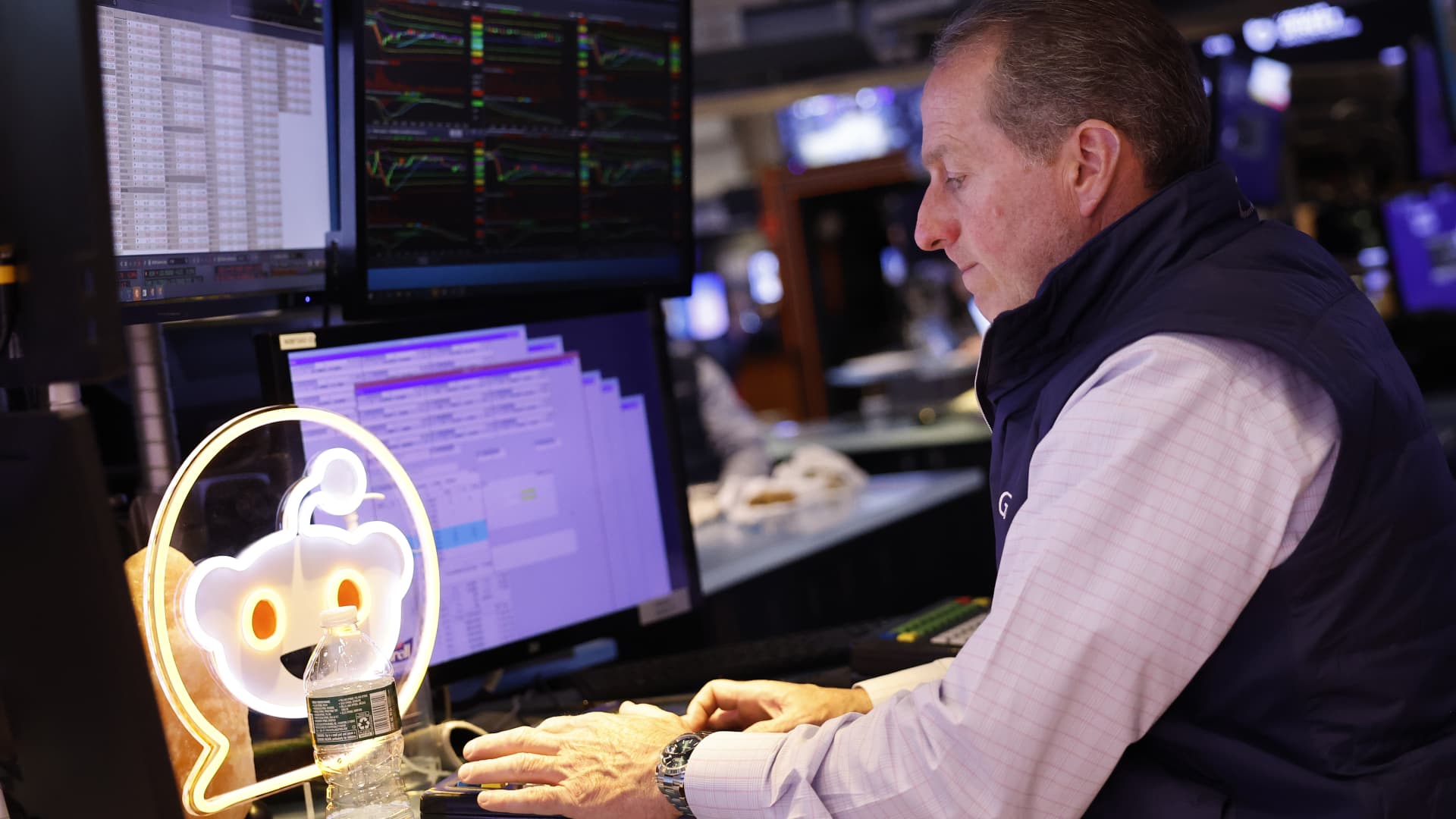
The reaction to the hot inflation data Wednesday isn’t as important as the next 10 trading days. Here’s why: Since the October 2023 low, we’ve had five CPI reports. The S & P 500 has been higher two weeks later all five times. Given the near 30%-plus advance over that time, this isn’t surprising. However, not every report has been great. The market’s response – over the ensuing 10 trading sessions – has been solid each time, though. Similar to the sports world, sometimes wins are ugly. The 10 days following the last CPI report were kind of ugly. The S & P 500 popped 1.1% on the day of the release. But over the next nine trading sessions, the index logged more declines than gains (5 vs. 4). But as has been the case much of the time, the losses were smaller than the advances , four of the five being 30 bps or less. In other words, the market has continued to digest when it has needed to, and averted downside follow through all along the way. The 10-Year Treasury yield has been riding this upward sloping channel since bottoming in late December. Not by coincidence, the S & P 500 endured one of its toughest periods from the end of 2023 through the first week of 2024 as rates began to pop. Since then, though, rates have continued to tick higher… as the S & P 500 has continued to advance. This scenario has been a surprising development so far this year. But the 10-year yield’s advance hasn’t been overly forceful (yet), and the equity market has responded favorably as a result. If the same pattern continues, then the tepid advance in rates could be getting ready to accelerate like it has in the recent past. If this happens, it could finally infect the S & P 500, however. The S & P 500 has shown it can rally no matter what rates are doing. While the downturn in yields from late October was a major reason for the equity turnaround, the 10-year yield bottomed in March 2023 – right around the same time that the equity market also bottomed. As we know, the 10-year yield topped near 5% last October, which prompted another strong response by the S & P 500. Rates then bottomed again late last year… and equities have continued to advance. So, could “sticky” inflation data eventually knock the market down? Yes… but attempting to pinpoint this by traditional correlation measures hasn’t proven useful. The first clue would be seeing the S & P 500 down two weeks after a CPI report. We’ll be watching the next 10 days closely, starting with how the market finishes Wednesday. The concern is that this decline actually does produce a downside follow through that’s bigger than what we’ve seen. This being the case, we should have some reference points to consider. First, the big bullish pattern breakout with an upside target of 6,100 still is in play. Ultimately, the S & P 500 can pull back to the 4,800 zone and remain above the breakout zone. That would yield a pullback of nearly 9% from the most recent high. Using a classic Fibonacci retracement, the first 38.2% level of the entire advance is near the same area: 4,819. Ultimately, any continued downside price action from here will produce additional support levels before the 4,800 zone gets hit. From a bullish standpoint, the hope is that this could begin to form the next bullish chart pattern. Sometimes that takes a while to construct after a substantial rally fades. DISCLOSURES: (None) THE ABOVE CONTENT IS SUBJECT TO OUR TERMS AND CONDITIONS AND PRIVACY POLICY . THIS CONTENT IS PROVIDED FOR INFORMATIONAL PURPOSES ONLY AND DOES NOT CONSITUTE FINANCIAL, INVESTMENT, TAX OR LEGAL ADVICE OR A RECOMMENDATION TO BUY ANY SECURITY OR OTHER FINANCIAL ASSET. THE CONTENT IS GENERAL IN NATURE AND DOES NOT REFLECT ANY INDIVIDUAL’S UNIQUE PERSONAL CIRCUMSTANCES. THE ABOVE CONTENT MIGHT NOT BE SUITABLE FOR YOUR PARTICULAR CIRCUMSTANCES. BEFORE MAKING ANY FINANCIAL DECISIONS, YOU SHOULD STRONGLY CONSIDER SEEKING ADVICE FROM YOUR OWN FINANCIAL OR INVESTMENT ADVISOR. Click here for the full disclaimer.
